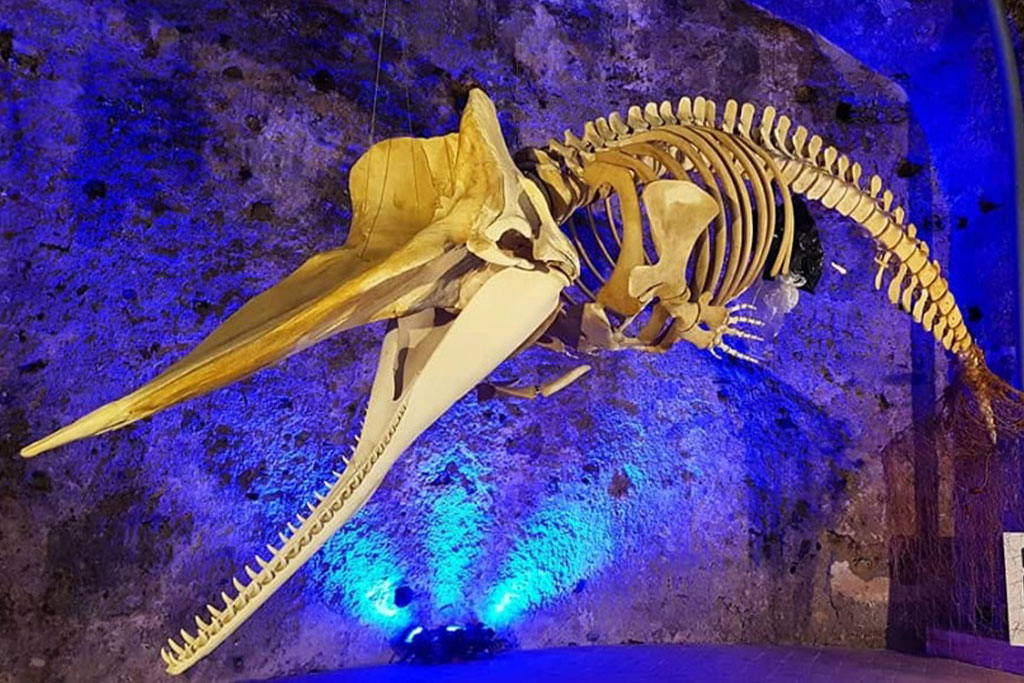The Bastion of Santa Maria takes its name from the old main church that was partially torn down so it could be built. It has a semicircular building plan and was used to defend the southern part of the fortified city.
The Bastion of Santa Maria takes its name from the old main church that was partially torn down so it could be built. It has a semicircular building plan and was used to defend the southern part of the fortified city.
The Bastion is part of the Spanish walls and was also called " the bastion of the three doors". The beginning of the construction can be dated back to 1525; between 1607 and 1608 the cover of the bastion was made for military reasons. The Spanish wall was built between 1525 and 1540, it was designed by Pietro Antonio Tomasello and from 1533, he could count with the help of Antonio Ferramolino; it consists of two parallel walls connected by a tunnel and had the purpose of protecting the upper city and the landings of the naval vessels below.
Made with the embankment technique, inside we can find rooms that once were used as warehouses, cisterns, and stables. The old Church of Santa Maria was probably built between the end of the 15th century and the beginning of the 16th century and consists of a rectangular plan with a single nave. The only architectural element that remains is a large stone arch with classical decorations that separates the nave from the choir. The church was then destined for another purpose.
Today the plant is irregular because during the construction of the "Spanish Wall" it was cut transversely eliminating the original the entrance. The Santa Maria bastion now hosts the Milazzo Sea Museum (MuMa). The MuMa is not a classic Sea Museum but it’s a place where Science meets Art understood in all its facets.Inside of the museum, the visitor will live an extraordinary experience of knowledge thanks to interactive educational videos, virtual reality experiences, augmented reality and multimedia art installations that will lead him to become more aware of the anthropic impacts and a necessary change that must take place in the man-sea relationship.
